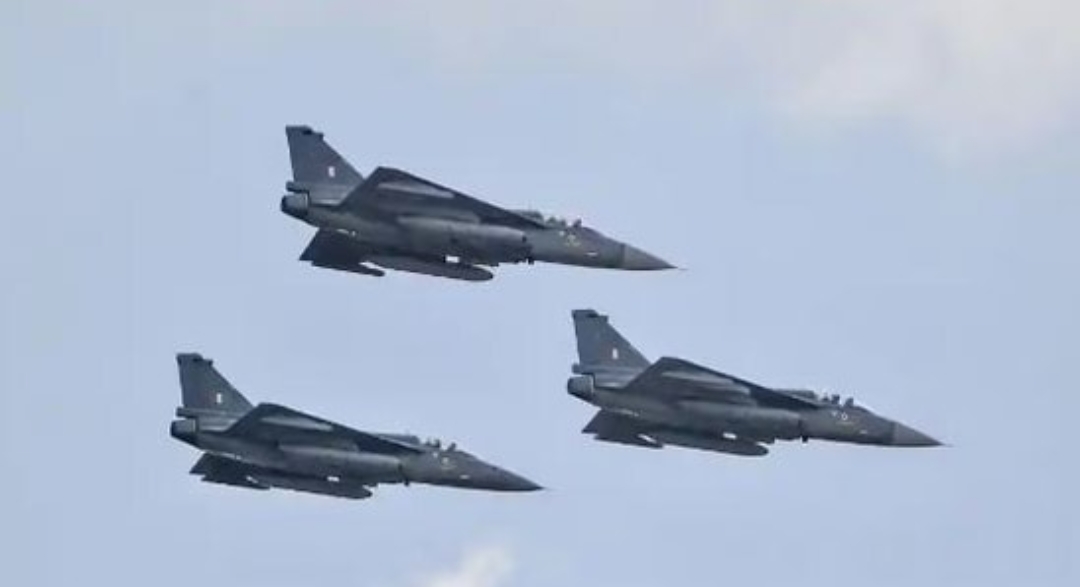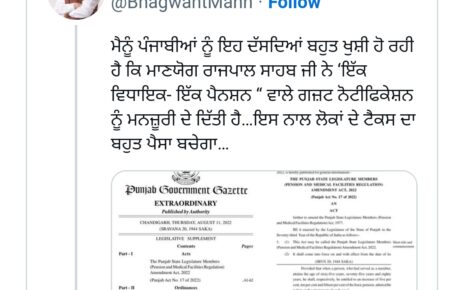The Defence Research and Development Organization (DRDO) has approached the Cabinet Committee on Security (CCS), chaired by Prime Minister Narendra Modi, for approval of twin-engine advanced medium combat aircraft (AMCA) after the design of the fifth-generation stealth fighter has been frozen by the Aeronautical Development Authority. The first prototype of GE-414 powered AMCA is expected to roll out by 2026.
The DRDO’s decision to approach the CCS for funding comes at a time when PM Modi has asked the organization to focus on its core competence and avoid time-delays and cost-overruns. The LCA Tejas Mark II with GE-414 engine is expected to roll out next year after completion of air intake test certification in France in May-June this year. Since the air intake of Mark II is similar to Mark I, the DRDO is confident about bagging the certification and rolling out the first prototype by next year.
It is understood that the government has asked the DRDO to stick to project timelines and avoid delays in the name of first time development. While the India-US talks are going on for 100 per cent transfer of technology production of GE-414 engines in India, the DRDO has decided to power both the Mark II and AMCA with the same engine.
While the DRDO maintains that Tejas Mark I has a range of 3000 km with GE-404 engine, the small fighter made is international debut in Abu Dhabi airbase in February and was conspicuous by its absence in bilateral exercises in UK and Australia. “The aircraft is capable and can make long range journeys through refueling. But the decision on which aircraft to send for international exercises lies with the Indian Air Force,” said a DRDO senior official.
While the Narendra Modi government is committed to the Tejas program, it also wants to hold DRDO accountable for the fighter development as time is running out for the Indian Air Force with the rise of the Chinese air force and its armed drones. The DRDO must deliver on its timelines or else the IAF will be running short of squadrons in the next decade and force the government of the day to do emergency acquisitions for its air capabilities.
Taking this in account, the Modi government is also pursuing engine design, development, and joint production with France and also the possibility of manufacturing Rafale fighters in India for export to third countries. The US has also offered to shift its F-18 production line to India with an offer to acquire F-15 EX fighters.
Given the new Russia-China equation and changing geo-politics over Ukraine and Taiwan, India cannot afford to do business as usual as national institutions must work in synergy towards national interest and not in self-preservation.




